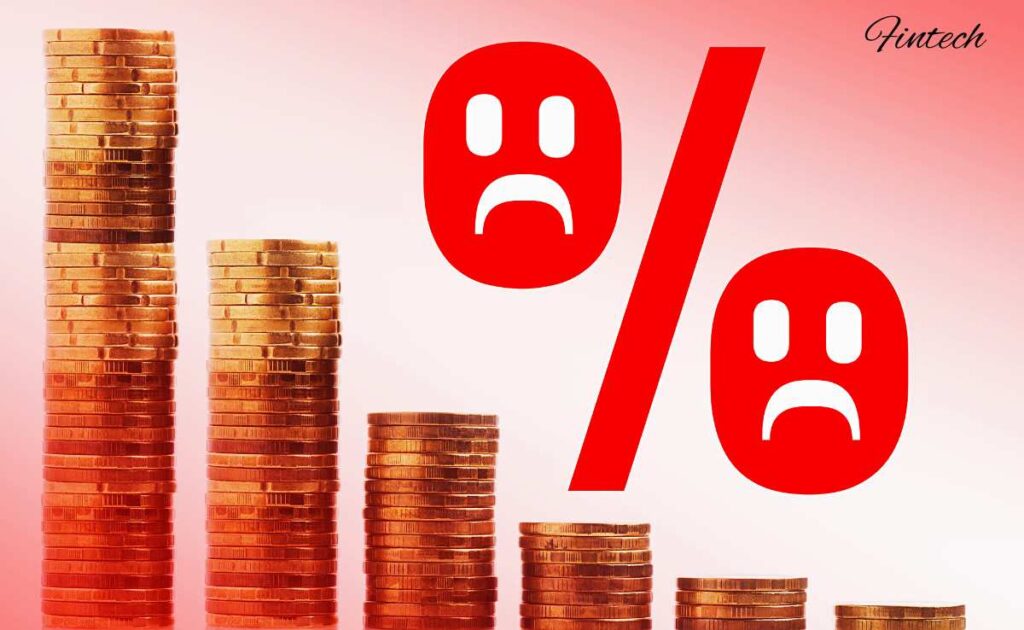Marketplace lending (MPL) is characterized as online lending facilitated by FinTech portals that use technologies to connect debtors with lenders.
Initially invented as peer-to-peer lending with individual investors, the model has transformed into MPL, with the debt capital financing base now including fund managers, financial institutions, and systems dispatching their own financial statements.
FinTech credit has been debated at various conferences in recent times, especially in terms of the financial stabilization repercussions that a substantial increase in such activity would have if it accounted for a considerable portion of the total credit. Fintechs have been extremely beneficial to SME development during the pandemic.
How Did Fintech Become The Lifeline For SMEs
Numerous authorities permitted MPLs as well as other FinTech lending institutions to partake in the roll-out of COVID-19 SME endorse borrowing during the disease outbreak, and the expansion in international business borrowing during 2020 could be credited in part to this involvement in some significant MPL marketplaces (e.g. US, UK).
Global FinTech loaning tiers outperformed those of 2019, reaching USD100 billion in 2020, primarily due to commercial financing.
The engagement of FinTech lenders in the dispersion of COVID-19 assistance programs by government agencies was restricted, but it provided such digital sites with an excellent chance to demonstrate their numerical advantage and factor endowment over bank lending.
FinTechs’ constrained involvement in COVID-19 arrangements was caused by serious shortcomings in their marketing strategies, such as the availability and expense of funding mechanisms.
In government subsidy grants and loans, counterparties were obligated to procure the reselling financing considered necessary to make credit backed by federal guarantees. Another constraint was the authorities’ lack of confidence and credibility when it came to obtaining central bank cashflow infrastructure or appreciating governmental assurances.
Comparative Advantages And Successful Business Model
Digital financing has been around for more than a decade, and it originated in the ‘traditional’ Peer to peer lending prototype, in which computerized systems enhance the credit provision to consumer loans, which are financially backed by institutional investors.
This peer-to-peer (P2P) model was derived, with the financing foundation now including fund managers and deposit-taking banking institutions, as well as systems dispatching their own financial statements, and is now commonly referred to as marketplace lending (MPL).
More recently, BigTech firms have participated in MPL by accessing financial intermediation to their client base via their own systems, utilizing capital of proprietary information on their clientele.
Final Words
While upgrading can be a key catalyst for innovation, it is not without burgeoning pains, which a solid cash flow can help to alleviate.
This is why billing funding can be a valuable tool in assisting technology companies in scaling up in a post-Covid world, guaranteeing that they not only sustain but also thrive. Fintechs are available to assist if there is a financial disturbance.
FAQs
Marketplace lending (MPL) is characterized as online lending facilitated by FinTech portals that use technologies to connect debtors with lenders.
Fintechs have been extremely beneficial to SME development during the pandemic.
Digital financing has been around for more than a decade, and it originated in the ‘traditional’ Peer to peer lending prototype.
Fintechs are available to assist if there is a financial disturbance.
BigTech firms have participated in MPL by accessing financial intermediation to their client base via their own systems.

